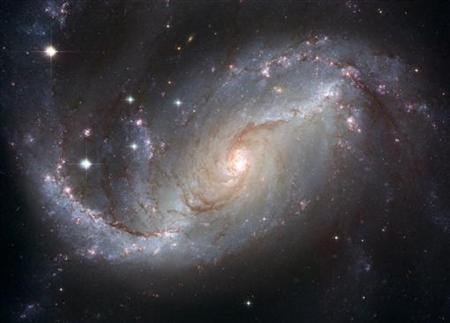Researchers from the National Aeronautics and Space Administration have discovered a cluster of ancient white dwarfs in the Milky Way galaxy's central hub, also known as the bulge, of stars. Researchers say that the discovery puts them one step closer into understanding how the Milky Way galaxy was formed.
The photo was captured by the Hubble Space Telescope while working on the Sagittarius Window Eclipsing Extrasolar Planet Search. According to Inverse, the cluster of white dwarfs, since they are very old, may have contain provide clues to the scientists on how the Milky Way galaxy was formed.
The white dwarfs are estimated to be about 12 billion years old. This means that they are much older than the Earth and the Sun. NASA is calls its study of the oldest part of the Milky Way the "cosmic archeological dig."
Researchers from NASA claim that their keen observation of the ancient stars have provided important insights about how the galaxy was form. After studying these stars, scientists proved that central cluster of the Milky Way galaxy was formed in less than 2 billion years.
Space Telescope Science Institute research fellow Annalisa Calamida told CBC News, "The Milky Way's bulge includes almost a quarter of the galaxy's stellar mass. Characterizing the properties of the bulge stars can then provide important information to understanding the formation of the entire Milky Way galaxy and that of similar, more distant galaxies"
Calamida added that despite the exponential distance of the Milky Way bulge, they are still compelled to study it since it is the only bulge that they can study in detail.



























